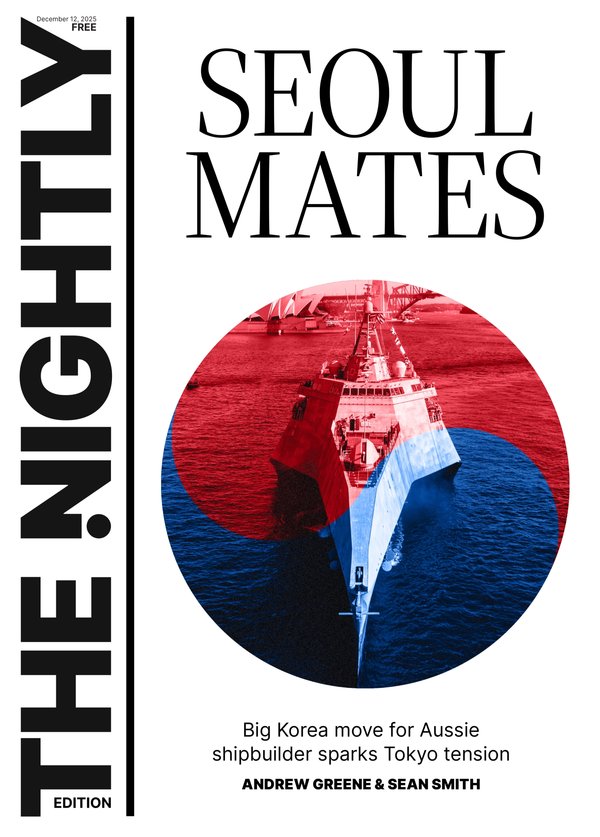Charles Dickens’ A Christmas Carol is a morality tale for every era
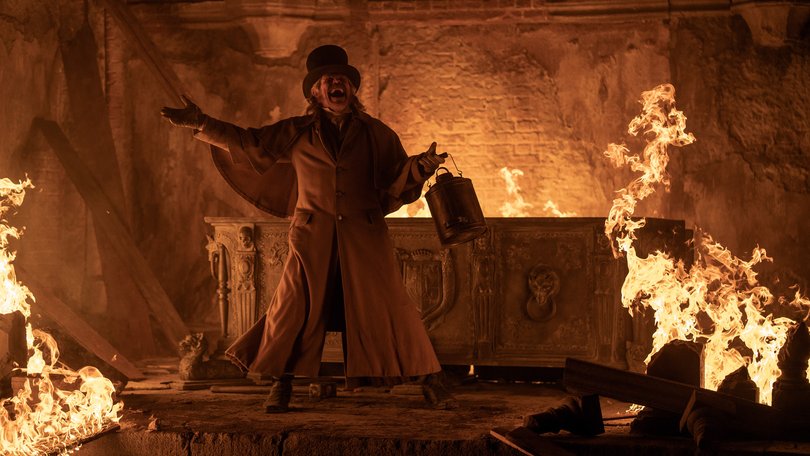
It’s better known as A Christmas Carol, but the original title of Charles Dickens’ classic morality tale is “A Christmas Carol. In Prose. Being a Ghost Story of Christmas”.
In almost every version of Dickens’ story, it’s the chain-rattling of Marley’s ghost that makes your hairs stand on end. On the page, the sounds are described as a “dismal and appalling noise”, evoking in the mind of the reader the metallic screeching of industrial machines, and an otherworldly clanking.
Marley’s spectral voice, Dickens wrote, “disturbed the very marrow in (Scrooge’s) bones”.
Sign up to The Nightly's newsletters.
Get the first look at the digital newspaper, curated daily stories and breaking headlines delivered to your inbox.
By continuing you agree to our Terms and Privacy Policy.A Christmas Carol really is, above all, a ghost story, so it should come as no huge surprise that filmmaker Robert Eggers has set it as his next project.
Eggers, if you’re not familiar, has a fascination with the macabre, having helmed The Witch, The Lighthouse, The Northman and, most recently, a revamped version of Nosferatu which was a better-than-expected box office success.
His films are darker than black in tone and aesthetic, favouring stark cinematography and rich production design that plays into the horrors unfolding right before your eyes.
You can expect his version of A Christmas Carol to really dial up the grotesquerie of Dickens’ tome.
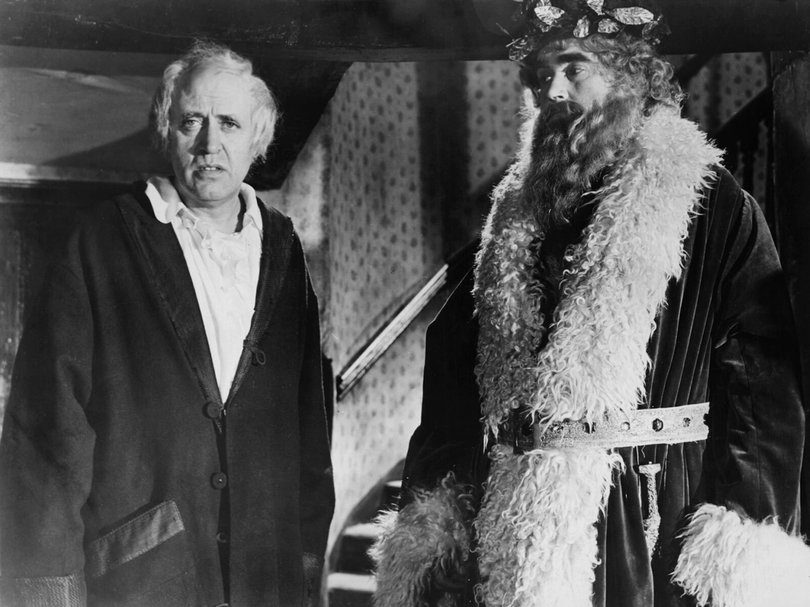
When Dickens published his novella in 1843, England was only just venturing into its Gothic Revival period but fully expect Eggers to take advantage of the specificities of those imposing designs.
This is not going to be the warm and fuzzy of Jimmy Stewart in It’s a Wonderful Life, a loose adaptation of A Christmas Carol.
In the 180-plus years since its debut, A Christmas Carol has never been out of print and remains one of the most popular festive stories, especially a secular one (although there is debate as to whether it is that).
When Dickens wrote the story, in England, it was during an era of urbanisation and industrialisation where the unrelenting demands for human labour meant leisure time was but a pipe dream.
The dehumanisation of the worker through institutions such as workhouses and the poor house, is channelled through Ebenezer Scrooge’s miserly and uncompassionate ways. It’s a grim picture at the start, but like in many of his works, he used his stories to argue for social reform.
Scrooge is not just a cautionary tale as a character, but an optimistic one because he embodies the hope that everyone – and society as a whole – has the capacity to change.
It’s why A Christmas Carol is so frequently adapted, sometimes faithfully but sometimes as a jumping off point for projects such as It’s a Wonderful Life, which was based on a short story, The Greatest Gift, that was inspired by Dickens.
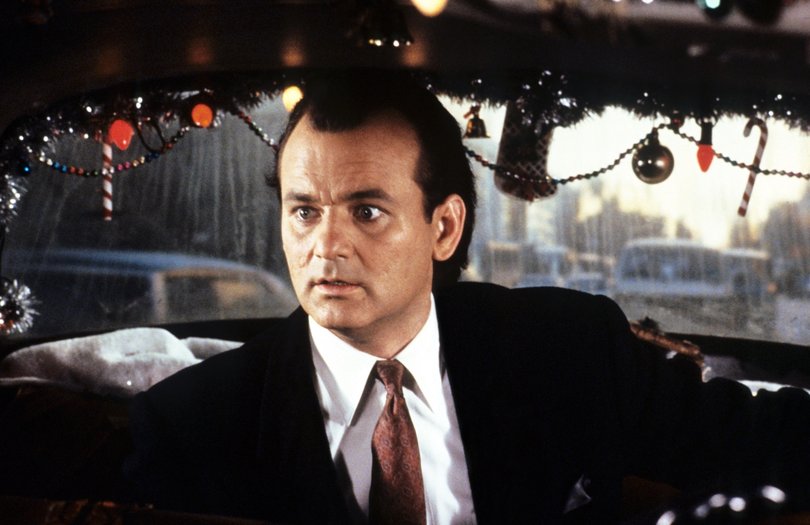
In many ways, it’s a simple story structure with familiar character types that can be transposed on many filmmakers’ visions. The first version dates back to a six-minute 1901 silent short and used early special effects to super Marley’s face on a doorknocker.
There were more than a dozen versions of the story in film over the next 50 years but, for many, the 1951 adaption, Scrooge, remains one of the seminal.
With a visual style that drew on film noir and even German expressionism, Brian Desmond Hurst’s movie starring Alastair Sim was spooky and sombre.
In 1988, Richard Donner released now one of the most memorable adaptations, the black comedy Scrooged, starring Bill Murray as a ruthless American TV executive in the heady “greed is good” days of the 1980s.
Although the script was written before the October 1987 Black Monday crash, filming took place in its aftermath, and a story about kindness and empathy with the less fortunate had a different resonance when it premiered in late-1988.
Despite the name change to “Frank Cross”, the Donner movie was a pretty faithful adaptation, keeping intact the ghosts and the life lessons.
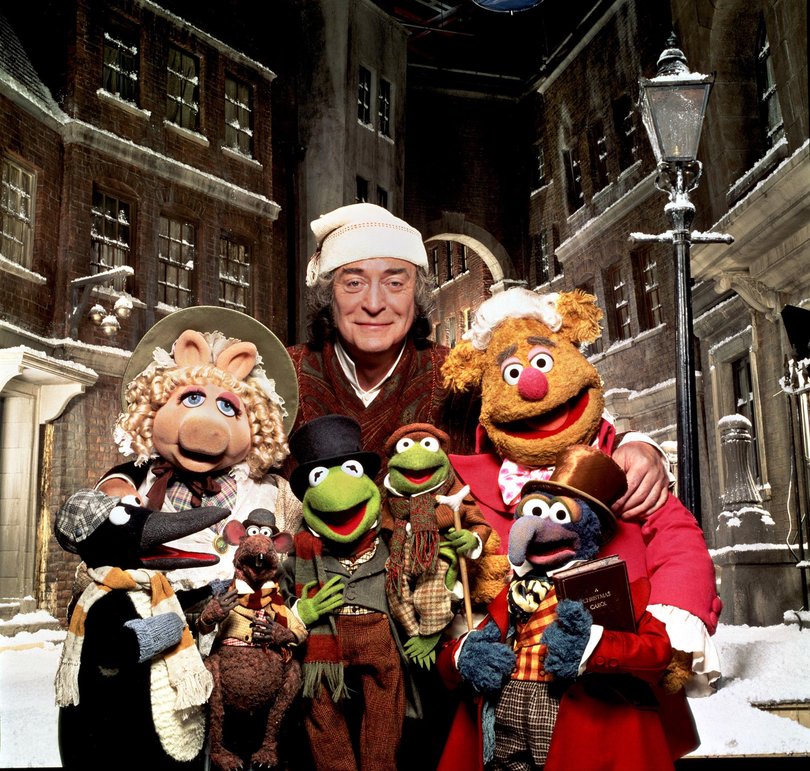
But what is likely the best-known version of A Christmas Carol is something Dickens could never have predicted – The Muppet Christmas Carol.
The 1992 film directed by Brian Henson, son of Jim, has become a must-see annual ritual for its fans.
In it, Dickens is a character played by Gonzo while Kermit takes on the role of Bob Cratchit, Bunsen and Beaker are the charity collectors, Statler and Waldorf play the now Marley brothers, and the Swedish Chef is a cook at a party.
From the original songs to Michael Caine’s truly excellent performance as Scrooge, the only human in the production, The Muppet Christmas Carol is now solidly in the holiday movie canon alongside the likes of Home Alone, Miracle on 34th Street and, of course, It’s a Wonderful Life.
Whether Eggers’ version will join its ranks and not be the among the better-forgotten versions (ahem, Will Ferrell and Ryan Reynolds in Spirited), will be the real test. Perhaps it will engage with the growing wealth inequality of the modern era, because surely Dickens would be horrified by the gaping chasm between today’s haves and have-nots.
If nothing else, Eggers’ film should at least live up to the “ghost story” part of its original title.

